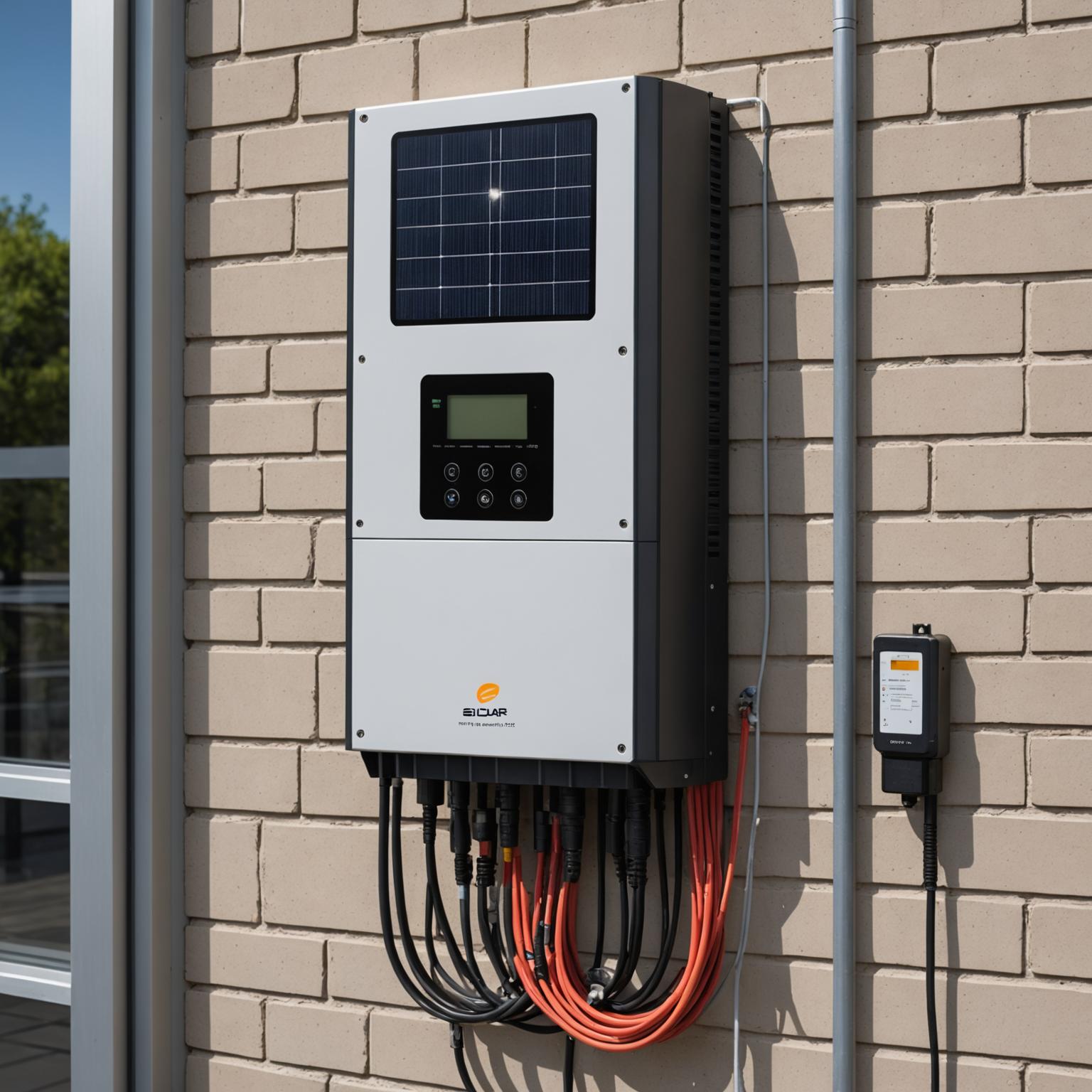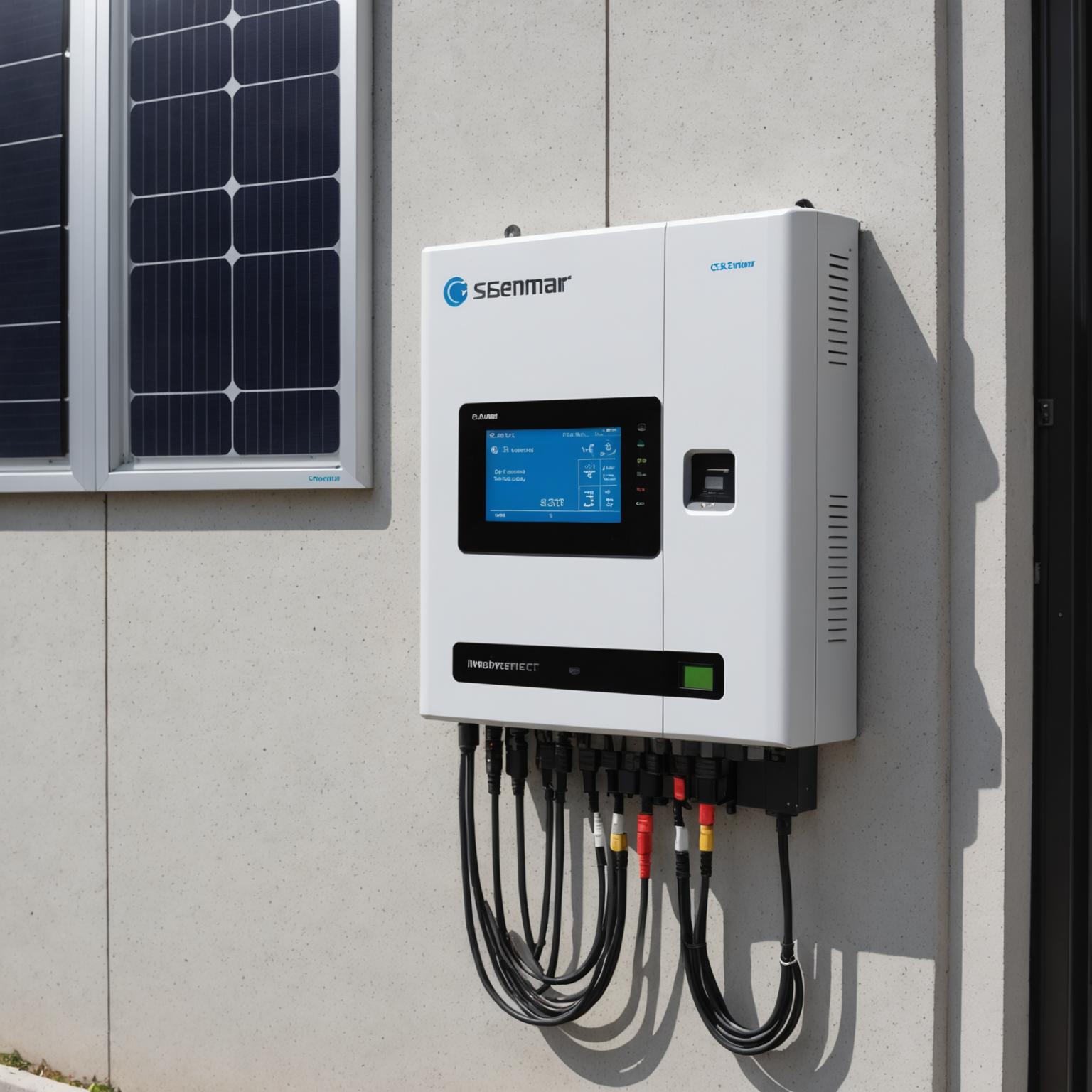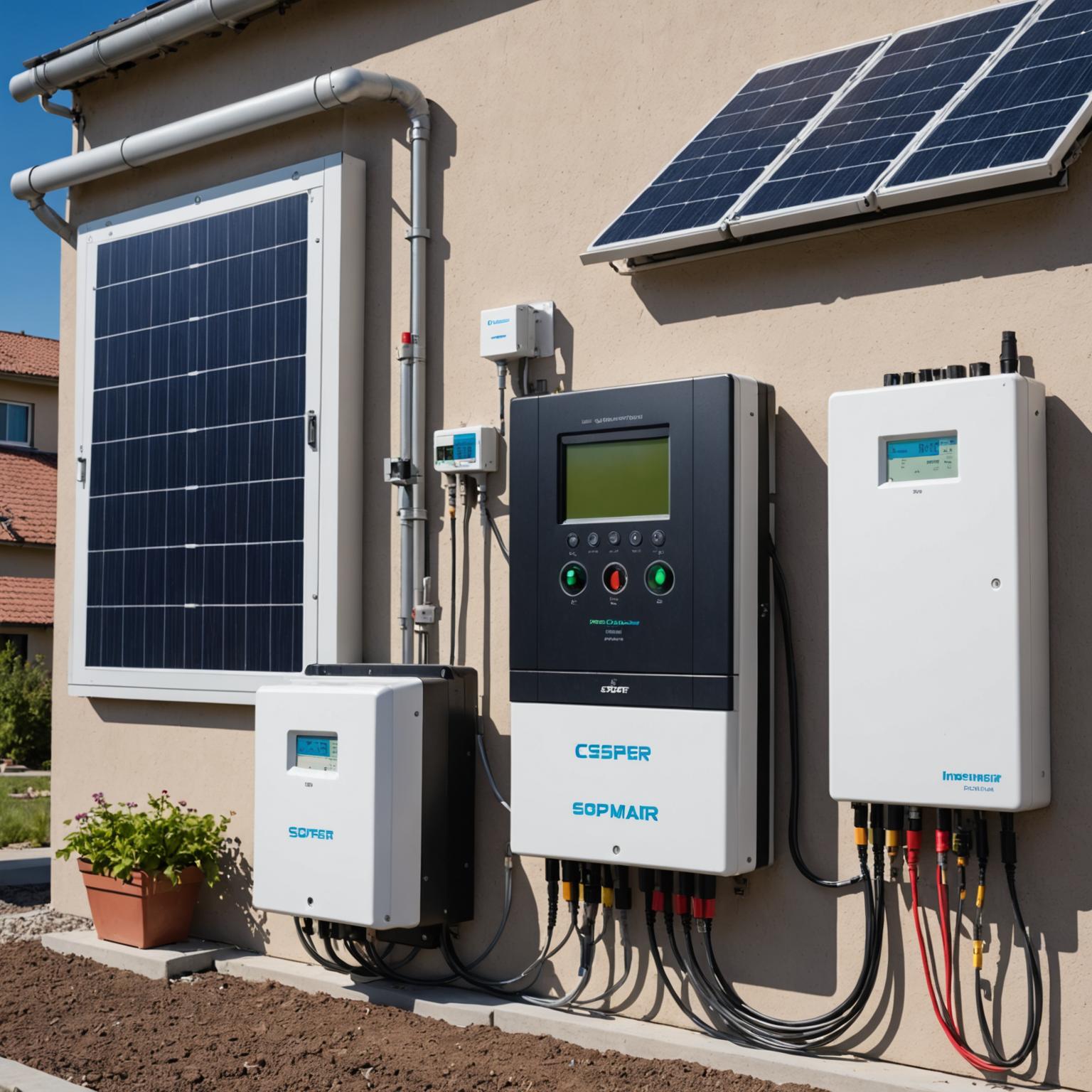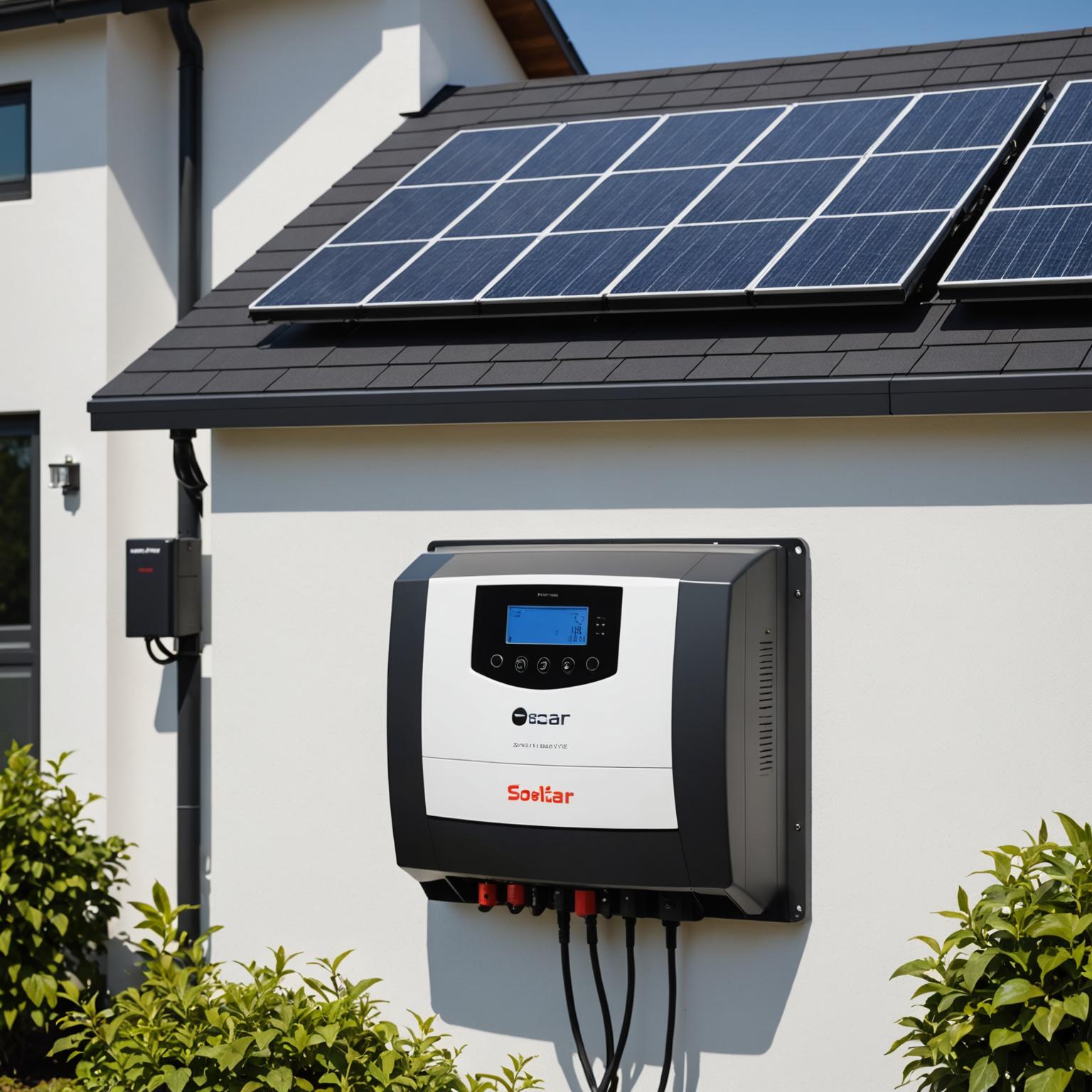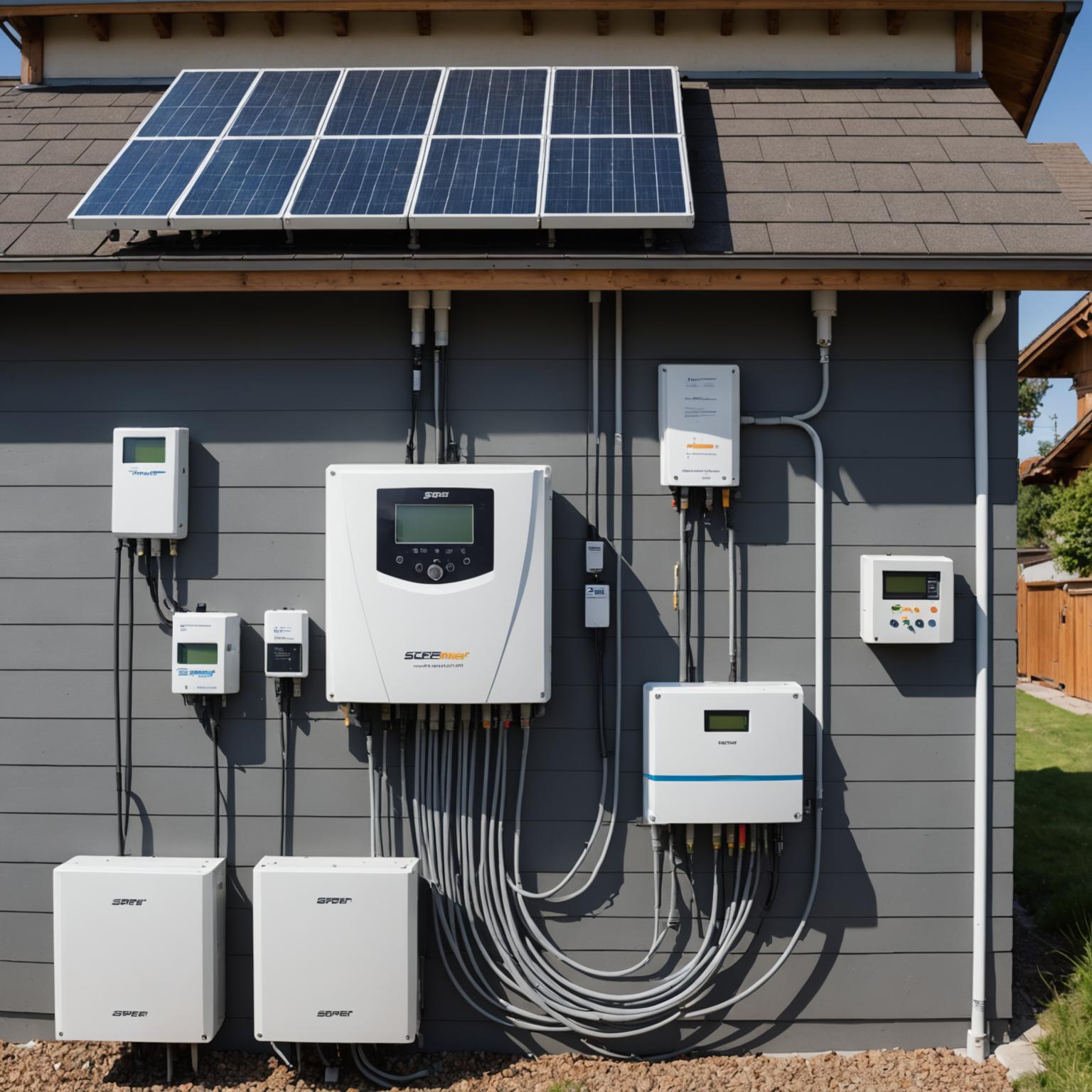
Beyond the Roof: How a Micro Inverter Company Redefines Distributed Solar Efficiency
In the shift toward decentralized renewable energy, micro inverter companies are changing how solar systems are designed, monitored, and maintained.
Unlike string inverters, which manage multiple panels in series, micro inverters work individually at the module level — converting DC to AC directly on the rooftop. This modular architecture enhances safety, improves yield, and simplifies maintenance, making it one of the most significant innovations in solar engineering over the past decade.
The Technical Foundation: Why Micro Inverters Matter
Traditional string inverters rely on a centralized conversion model — efficient for large systems but vulnerable to performance loss when a single panel underperforms.
Micro inverters eliminate this “weakest link” issue by operating independently, ensuring each panel contributes its maximum possible output.
Key advantages include:
-
Panel-level optimization: Maximizes energy harvest under partial shading or mismatch conditions.
-
Enhanced safety: Operates at low DC voltage, reducing fire and shock risk.
-
Simplified design: No central inverter or string sizing constraints.
-
Smart monitoring: Each unit reports real-time data for predictive maintenance.
These features explain why micro inverter adoption continues to rise in residential and light commercial sectors, where installation flexibility and safety are top priorities.
From Design to Deployment: How Modern Companies Innovate
Behind every efficient micro inverter is a tightly coordinated production ecosystem. Leading micro inverter companies now focus on three manufacturing dimensions:
-
High-Frequency Conversion Circuits
Designed for compactness and reliability, using wide-bandgap semiconductors like SiC and GaN for higher switching efficiency. -
Thermal and Environmental Endurance
Products are tested under conditions ranging from -25°C to 65°C and 95% humidity to ensure long-term outdoor performance. -
Integrated Communication Systems
Built-in Wi-Fi, PLC, or ZigBee modules enable seamless data collection for system monitoring and grid communication.
These innovations ensure each unit not only performs efficiently but also supports smart-grid readiness — a growing requirement in energy markets transitioning toward real-time power balancing.
Comparing String vs. Micro Inverter Architectures
| Feature | String Inverter | Micro Inverter |
|---|---|---|
| Power Conversion | Centralized | Module-level |
| Performance Under Shading | Decreases for all panels | Independent optimization |
| Safety Level | High DC voltage risk | Low-voltage operation |
| Maintenance | Requires string diagnostics | Individual module reporting |
| System Scalability | Fixed string limits | Easily expandable |
Micro inverters trade central control for distributed intelligence — a model that mirrors broader trends in smart infrastructure, from grid decentralization to predictive energy management.
Real-World Application Scenarios
Micro inverters excel where flexibility, monitoring, and resilience are critical:
-
Residential rooftops: Especially suitable for complex roof geometries or partial shading.
-
Small commercial sites: Enables modular expansion as energy demand grows.
-
Educational institutions: Prioritize system safety and real-time performance tracking.
-
Hybrid storage systems: Integrate seamlessly with batteries and smart controllers.
For developers and installers, these systems reduce commissioning time and maintenance costs while improving energy ROI across a system’s lifetime.
Choosing the Right Micro Inverter Company
The growing number of manufacturers makes selecting the right partner increasingly complex.
When evaluating a micro inverter company, consider:
-
Component Quality: Look for SiC/GaN-based designs with proven reliability data.
-
Communication Protocols: Ensure compatibility with major monitoring platforms and storage systems.
-
Efficiency & Warranty: Conversion efficiency above 96% with at least a 10-year warranty is standard.
-
Certification Scope: Verify compliance with CE, UL, or IEC standards for your region.
-
Scalability Support: Ensure product lines can expand modularly without firmware incompatibility.
| Selection Factor | Why It Matters | What to Check |
|---|---|---|
| Efficiency | Determines ROI | ≥96% certified performance |
| Durability | Ensures lifespan | 6000h accelerated test data |
| Safety | Reduces DC risk | Low-voltage operation proof |
| Compatibility | Prevents system lock-in | Open protocol support |
| Support | Enables long-term service | Remote diagnostic tools |
This structured evaluation approach helps avoid compatibility or maintenance issues that often arise after installation — particularly in hybrid or grid-interactive systems.
Frequently Asked Questions
Q1: Are micro inverters suitable for large-scale solar farms?
They are typically optimized for small to medium systems, but modular integration can support clustered commercial installations.
Q2: Do micro inverters require additional monitoring equipment?
Most come with built-in wireless or PLC communication modules, accessible via standard monitoring software.
Q3: How do they perform in hot climates?
High-quality models include advanced heat dissipation and over-temperature protection, ensuring stable operation even in tropical environments.
Q4: Can micro inverters work with battery systems?
Yes. Many are designed for hybrid or AC-coupled setups, enabling flexible energy storage integration.
The Shift Toward Smarter, Safer, and More Scalable Solar
Micro inverter technology represents the convergence of electronics, data, and energy — enabling cleaner, safer, and more adaptive solar systems for the modern grid.
For project developers and distributors, choosing a technically mature micro inverter company means more than finding a supplier; it’s partnering with a long-term innovation ally.
Learn more about advanced inverter manufacturing and distributed solar technologies on the Thlinksolar homepage or reach out via the contact page.
